
Ingredient
Fennel leaves
The Fragrant Herb: Unveiling the Delights of Fennel Leaves
Fennel leaves are feathery, bright green herbs with a delicate texture. They possess a distinct anise-like flavor and a subtle hint of sweetness. The leaves are finely divided and resemble dill or carrot tops. When crushed, they release a delightful fragrance that enhances the overall sensory experience of a dish.
Origins and history
Fennel leaves have a rich history dating back to ancient times. Native to the Mediterranean region, fennel has been cultivated and used in culinary and medicinal practices for centuries. It was highly valued by the ancient Greeks and Romans for its aromatic properties and believed to have various health benefits.
Nutritional information
Fennel leaves are low in calories and rich in essential nutrients. They are a good source of vitamin C, vitamin A, potassium, and dietary fiber, making them a nutritious addition to meals.
Allergens
Fennel leaves are generally safe for consumption and not known to cause allergies in most individuals.
How to select
When selecting fennel leaves, look for vibrant green color and fresh, crisp leaves. Avoid any signs of wilting or discoloration. Opt for leaves that have a strong aroma, as this indicates freshness.
Storage recommendations
To maintain the freshness of fennel leaves, trim the stems and place them in a container with water, similar to a bouquet of flowers. Cover the leaves loosely with a plastic bag and store them in the refrigerator. They can stay fresh for up to a week.
How to produce
Fennel leaves can be easily grown in home gardens or containers. Sow fennel seeds in well-drained soil, ensuring they receive ample sunlight. Regular watering and occasional fertilization will promote healthy growth. Harvest the leaves when they reach the desired size, typically around 60-70 days after sowing.
Preparation tips
Fennel leaves can be used as a garnish, added to salads, soups, stews, or used as a flavoring agent in various dishes. They pair well with seafood, poultry, and vegetables. To maximize their flavor, add fennel leaves towards the end of cooking or use them raw as a finishing touch.
Substitutions
Dill leaves or celery leaves can be used as substitutes for fennel leaves, although they may not provide the exact same flavor profile.
Culinary uses
Fennel leaves are commonly used in Mediterranean, Italian, and Indian cuisines. They are often incorporated into salads, pasta dishes, roasted vegetables, and herb-infused oils. They can also be used to make flavorful pestos or added to marinades for meats and seafood.
Availability
Fennel leaves are commonly available in regions where fennel is cultivated, such as the Mediterranean, Europe, North America, and parts of Asia.
More ingredients from this category » Browse all

Pimpernel
The Scarlet Beauty: Pimpernel's Vibrant Flavors

Celery leaves
The Unsung Heroes: Exploring the Versatility of Celery Leaves
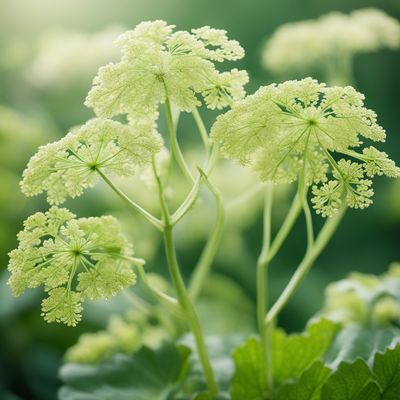
Angelica (leaves and stems)
The Heavenly Herb
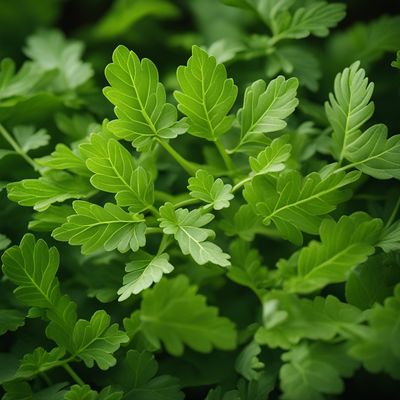
Lovage leaves
The Herbaceous Elixir

Fenugreek leaves
Aromatic Herbaceous Delight
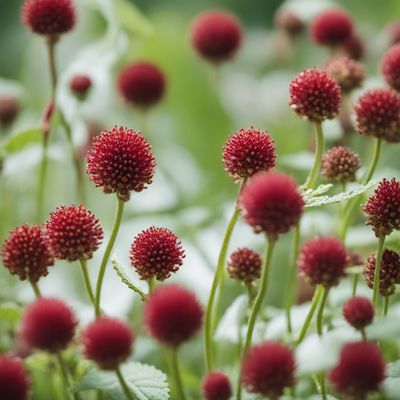
Burnet
The Herb of Coolness

Sorrel
The Tangy Herb: Unveiling the Secrets of Sorrel

Herb of grace
The Divine Herb: Unveiling the Secrets of Herb of Grace

Salad burnet
The Refreshing Herb
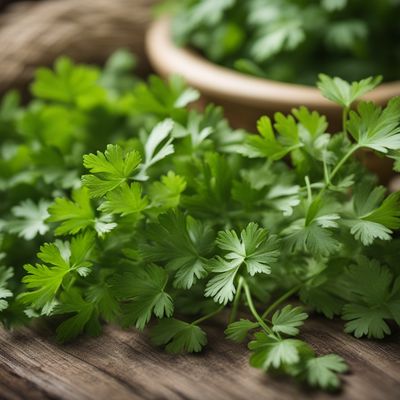
Coriander leaves
The Vibrant Herb: Unveiling the Magic of Coriander Leaves

Culantro leaves
The Vibrant Herb: Culantro Leaves
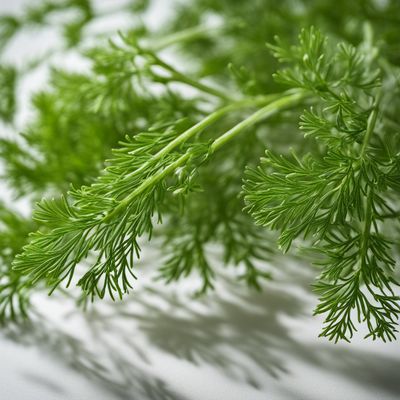
Dill leaves
The Delightful Herb: Dill Leaves
Recipes using Fennel leaves » Browse all
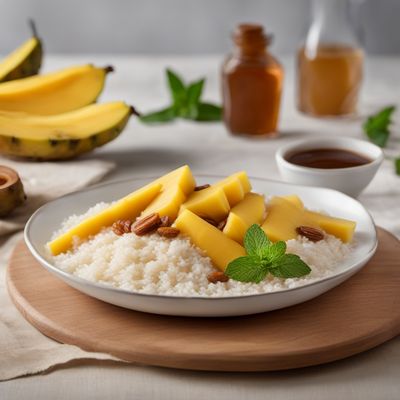
Peruvian Symphony Dessert
Harmony of Flavors: Peruvian Symphony Dessert

Baked Fennel Parmesan
Savory Fennel Delight: Baked Fennel Parmesan Recipe

Devon-style Spiced Fruit Salad
Devon Delight: Spiced Fruit Salad with a Twist

Peruvian-Inspired Pavlova
Andean Delight: Peruvian-Inspired Pavlova

Schleswig-Holstein Strawberry Wine Dessert
Heavenly Strawberry Delight: A Taste of Schleswig-Holstein

Fava Parada with Chorizo and Mint
Savory Portuguese Fava Parada Delight
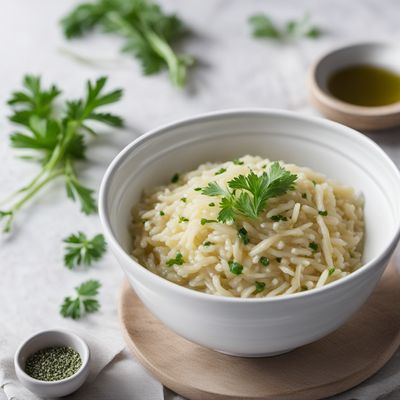
Creamy Fennel Risotto
Velvety Fennel Delight
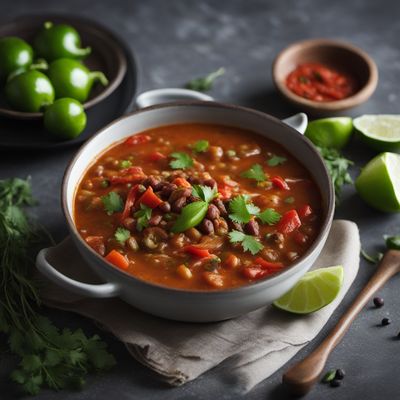
Mexican-style Fava Bean and Fennel Stew
Savory Mexican Fava Fiesta
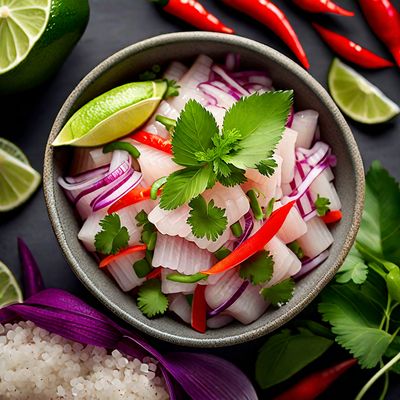
Thai-inspired Ceviche
Tropical Thai Ceviche Explosion

New Nordic Bánh Bò
Nordic Delight: A Modern Twist on Vietnamese Bánh Bò

Moroccan Mint Grasshopper Pie
Refreshing Moroccan Mint Grasshopper Pie: A Cool Twist on a Classic American Dessert

Flaming Honey Delight
Libyan Honey Flambé Surprise